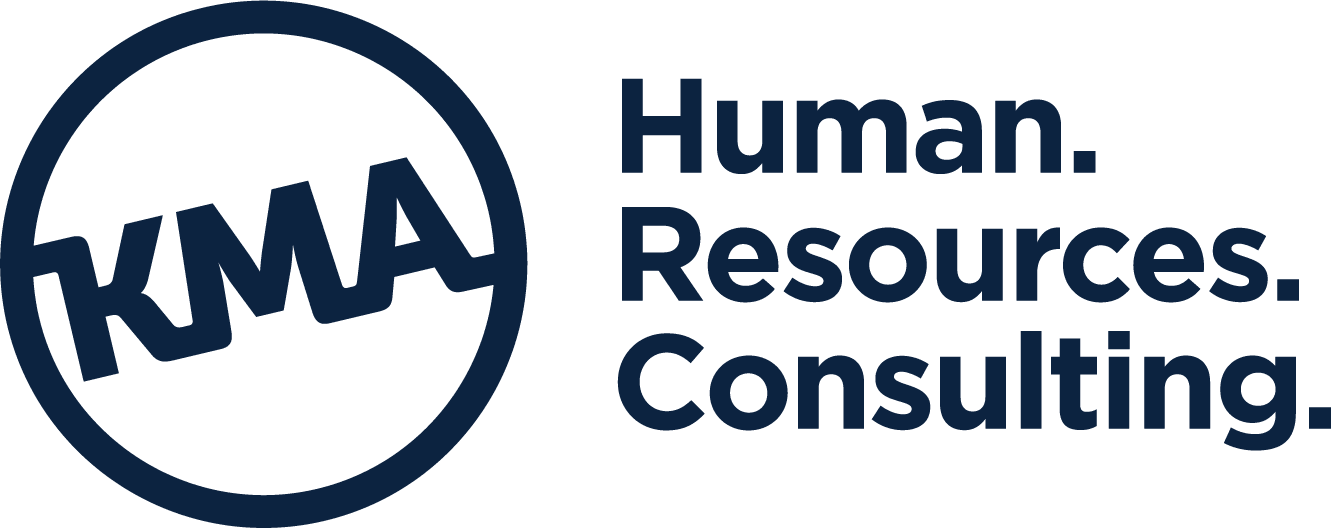The U.S. Department of Labor’s Occupational Safety and Health Administration has announced a new emergency temporary standard to protect more than 84 million workers from the spread of the coronavirus on the job. The rule requires employees to get vaccinated or wear a face covering and be tested at least weekly.
The U.S Court of Appeals for the Fifth Circuit has also granted an emergency motion to stay of enforcement of the ETS after business advocacy groups and states filed a motion for a permanent injunction citing grave statutory and constitutional issues. While we wait for further legal developments including other possible legal challenges and a final decision, employers are advised to ready themselves to comply given the upcoming deadline of December 5, 2021 for all ETS requirements except testing.
Here is a recap of the ETS and requirements.
Who are Covered Employers?
- Private employers with 100 or more employees – firm or company-wide.
- In states with OSHA-approved State Plans, state and local-government employers, as well as private employers, with 100 or more employees will be covered by state occupational safety and health requirements.
Who are Not Covered Employers?
- Workplaces covered under the Safer Federal Workforce Task Force COVID-19 Workplace Safety: Guidance for Federal Contractors and subcontractors.
- Settings where any employee provides healthcare services or healthcare support services when subject to the requirements of the Healthcare Emergency Temporary Standard (ETS).
- Workplaces of employers who have fewer than 100 employees in total.
- Public employers in states without State Plans.
The ETS Requirements Do Not Apply To:
- Employees who do not report to a workplace where other individuals are present.
- Employees while working from home.
- Employees who work exclusively outdoors.
When is Compliance Required?
- Face covering requirements for unvaccinated workers and compliance with all requirements of the ETS, except testing for the unvaccinated, are required by December 5, 2021.
- Weekly testing of unvaccinated workers is required beginning January 4, 2022.
What Must Employers Do?
- Covered employers must develop, implement and enforce a mandatory COVID-19 vaccination policy, unless they adopt a policy requiring employees to choose to either be vaccinated or undergo regular COVID-19 testing and wear a face covering at work.
- Provide paid time to workers to get vaccinated and to allow for paid leave to recover from any side effects.
The ETS also requires employers to do the following:
- Determine the vaccination status of each employee, obtain acceptable proof of vaccination status from vaccinated employees, and maintain records and a roster of each employee’s vaccination status.
- Require employees to provide prompt notice when they test positive for COVID-19 or receive a COVID-19 diagnosis. Employers must then remove the employee from the workplace, regardless of vaccination status; employers must not allow them to return to work until they meet required criteria.
- Ensure each worker who is not fully vaccinated is tested for COVID-19 at least weekly (if the worker is in the workplace at least once a week) or within 7 days before returning to work (if the worker is away from the workplace for a week or longer).
- Ensure that, in most circumstances, each employee who has not been fully vaccinated wears a face covering when indoors or when occupying a vehicle with another person for work purposes.
- Maintain records of employees who are testing weekly and their test results.
Who Pays for Testing?
The emergency temporary standard does not require employers to pay for testing or provide paid time off for testing. Employers may be required to pay for testing to comply with other laws, regulations, collective bargaining agreements, or other collectively negotiated agreements. Employers are also not required to pay for face coverings.
OSHA Guidance
OSHA is offering compliance assistance to help businesses implement the standard, including a webinar, frequently asked questions and other compliance materials.
The ETS will cover two-thirds of the nation’s private-sector workforce. In the 26 states and two territories with OSHA State Plans, the ETS will also cover public sector workers employed by state and local governments, including educators and school staff.
The ETS also serves as a proposal for normal rulemaking for a final standard. OSHA is seeking comment on all aspects of this ETS and whether the agency should adopt it as a final standard.
Employer Next Steps
While we wait for further legal developments and a final ruling, employers are advised to review the ETS requirements and resources and prepare to implement including:
- Obtaining employee vaccination status and proof if vaccinated.
- Determining whether to mandate the vaccine for all or allow for masking and testing for unvaccinated workers.
- Developing policies and procedures for compliance with this standard.
- Preparing required notices and communications to employees about the ETS; workplaces policies and procedures, vaccination efficacy, safety, and benefits; protections from retaliation and discrimination; and laws on supplying false documentation.
Need help with compliance on this new ETS or other employment and HR issues? Call KMA today!
